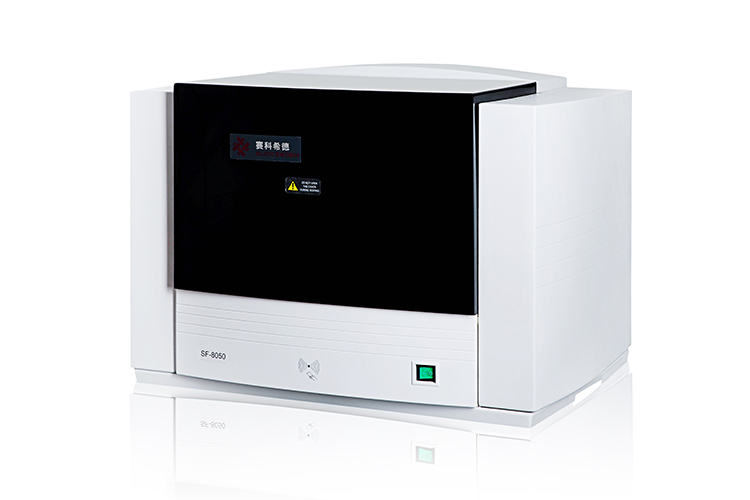D-Dimer as a prognostic indicator for various diseases:
Due to the close relationship between the coagulation system and inflammation, endothelial damage, and other non thrombotic diseases such as infection, surgery or trauma, heart failure, and malignant tumors, an increase in D-Dimer is often observed. In research, it has been found that the most common adverse prognosis for these diseases is still thrombosis, DIC, etc. Most of these complications are precisely the most common related diseases or states that cause D-Dimer elevation. So D-Dimer can be used as a broad and sensitive evaluation indicator for diseases.
1.For cancer patients, multiple studies have found that the 1-3 year survival rate of malignant tumor patients with elevated D-Dimer is significantly lower than that of those with normal D-Dimer. D-Dimer can be used as an indicator for evaluating the prognosis of malignant tumor patients.
2.For VTE patients, multiple studies have confirmed that D-Dimer positive patients during anticoagulation have a 2-3 fold higher risk of subsequent thrombotic recurrence compared to negative patients. Another meta-analysis of 1818 participants in 7 studies showed that abnormal D-Dimer is one of the main predictors of thrombotic recurrence in VTE patients, and D-Dimer has been included in multiple VTE recurrence risk prediction models.
3.For patients undergoing mechanical valve replacement (MHVR), a long-term follow-up study of 618 participants showed that patients with abnormal D-Dimer levels during the warfarin period after MHVR had a risk of adverse events about 5 times higher than those with normal levels. Multivariate correlation analysis confirmed that D-Dimer levels were independent predictors of thrombosis or cardiovascular events during anticoagulation.
4.For patients with atrial fibrillation (AF), D-Dimer can predict thrombotic and cardiovascular events during oral anticoagulation. A prospective study of 269 patients with atrial fibrillation followed up for about 2 years showed that during oral anticoagulation, approximately 23% of patients who met the INR standard exhibited abnormal D-Dimer levels, while patients with abnormal D-Dimer levels had a 15.8 and 7.64 times higher risk of thrombotic and concomitant cardiovascular events compared to patients with normal D-Dimer levels, respectively.
For these specific diseases or patients, elevated or persistently positive D-Dimer often indicates poor prognosis or worsening of the condition.



 Business card
Business card Chinese WeChat
Chinese WeChat English WeChat
English WeChat